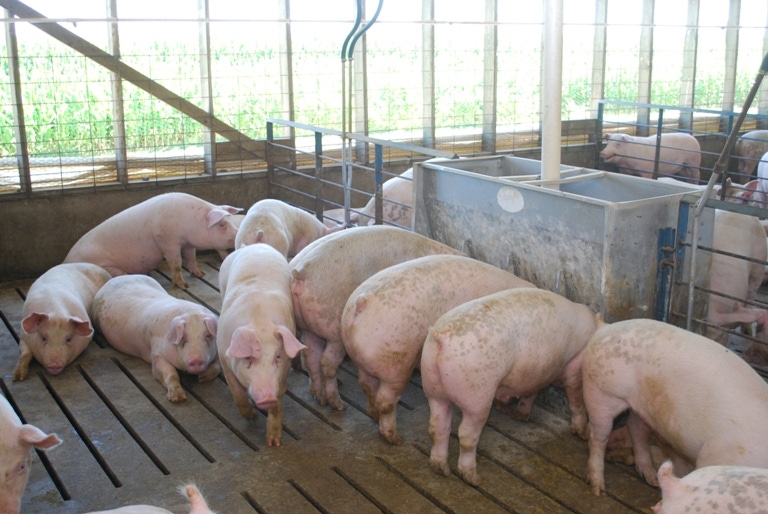Animal health groups Wednesday supported the Food and Drug Administration's (FDA's) voluntary approach to reducing the growth-promotion uses of antibiotics in farm animals, but expressed reservations the policy may lead to sicker animals and higher meat prices, according to a report from the Center for Infectious Disease Research and Policy at the University of Minnesota.

Animal health groups Wednesday supported the Food and Drug Administration's (FDA's) voluntary approach to reducing the growth-promotion uses of antibiotics in farm animals, but expressed reservations the policy may lead to sicker animals and higher meat prices, according to a report from the Center for Infectious Disease Research and Policy at the University of Minnesota.
A week ago the FDA published three draft documents outlining its proposals to phase out growth-promotion or subtherapeutic uses of antibiotics due to concerns they may contribute to the development of resistance in antibiotics for humans. The plan calls on drug companies to voluntarily remove production uses from their product labels with FDA’s goal to eventually end the use of antibiotics in farm animals without veterinary supervision. The process is expected to take at least three years.
The Animal Health Institute (AHI), which represents pharmaceutical firms, hosted a media teleconference call Wednesday to address the issue. AHI said they appreciated the collaborative approach the FDA has used in developing the policy, but also worry about its potential impact.
Ron Phillips, AHI's vice president for legislative and public affairs, said the FDA currently allows four types of label claims for antibiotics used in animals: treatment of disease, control of disease, prevention of disease and growth promotion or feed efficiency.
The FDA considers treatment, control, and prevention all to be therapeutic uses targeting a specific disease or agent, whereas growth promotion is referred to as subtherapeutic use, Phillips noted. He said producers and veterinarians are required to follow the label indications in all cases.
Liz Wagstrom, DVM, chief veterinarian for the National Pork Producers Council, voiced the most concern about the FDA's policy.
She said the experience in Denmark—which banned the production uses of antibiotics in pigs in 2000—and other countries raises warning flags about the impact on swine health.
“We expect to see more sick animals and higher costs of production, which may or may not translate into higher prices in the meat case," Wagstrom said. "We expect those things without a positive impact to public health."
Richard Carnevale, DVM, the AHI's vice president of regulatory, scientific, and international affairs, agreed that the growth-promotion use of antibiotics improves animal health. “We have evidence that the use of these at lower levels . . . actually serves to prevent subclinical infections,” he said.
Carnevale was asked if drug companies might change the label indications for some of the drugs now used for growth promotion to prevention, thereby permitting them to continue to be used much as they are now.
“That'll depend on if companies can conduct studies to show that,” he said. He said growth-promotion claims have been used in many cases because they were relatively easy to prove. To change the label indication to prevention, drug makers will need to show the FDA not only that the drugs enhance growth, but that they do so by suppressing subclinical infections, he said.
Wagstrom also said the ban on production use of agricultural antibiotics in Denmark decreased the overall amount of antibiotics in animals but caused an increase in therapeutic uses, “often in classes of antibiotics considered more important or critical for human health.”
Carnevale estimated that medically important antibiotics make up roughly half of the total volume of antibiotics used in food animals.
Phillips said about 40% of the total volume of antibiotics used in animals are not used in humans and thus are not affected by the FDA proposal.
Christine Hoang, DVM, assistant director of scientific activities at the American Veterinary Medical Association, said her group was “extremely grateful” to the FDA for reaching out to major stakeholders in developing its policy. She said the AVMA was not yet ready to offer official comments on the FDA policy.
About the Author(s)
You May Also Like





